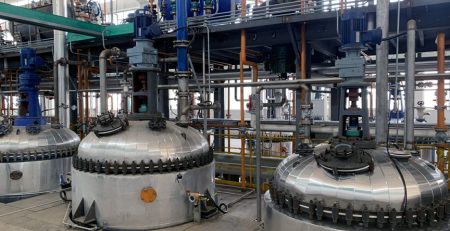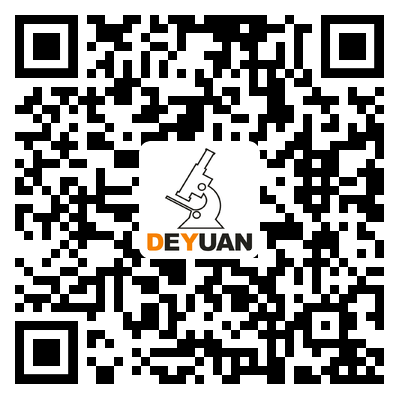Technical characteristics and application prospects of ternary polymer lithium batteries
This article mainly discusses the basic principles, technical characteristics, and broad application prospects of ternary polymer lithium batteries in various fields.
1、 Overview
In recent years, with the progress of technology and the growth of environmental demand, the battery industry is constantly developing and innovating. One new type of battery – ternary polymer lithium battery – has attracted widespread attention due to its excellent performance and broad application prospects. This type of battery uses lithium nickel cobalt manganese oxide (Li (NiCoMn) O2) as the positive electrode material, which can achieve higher energy density, longer service life, and lower cost.
2、 Principles and advantages of ternary polymer lithium batteries
The principle of ternary polymer lithium batteries is to use nickel cobalt lithium manganate as the positive electrode material. During the charging process, lithium ions move from the positive electrode to the negative electrode and are embedded in the carbon layer; During the discharge process, lithium ions will move from the negative electrode to the positive electrode and re embed into the nickel cobalt lithium manganese oxide lattice. This process achieves the conversion between electrical and chemical energy through repeated processes.
Compared to traditional battery technology, ternary polymer lithium batteries have the following significant advantages:
- High energy density: Due to the high specific capacity and high working voltage of nickel cobalt lithium manganese oxide, the use of this material as a positive electrode material can improve the energy density of the battery.
- Good cycling stability: Nickel cobalt lithium manganese oxide material has a stable crystal structure, which can maintain good stability and long cycling life during charging and discharging processes.
- Lower cost: As the nickel cobalt manganese ratio can be adjusted according to actual needs, production costs can be reduced by optimizing the formula.
3、 Application fields of ternary polymer lithium batteries
At present, ternary polymer lithium batteries have been widely used in multiple fields, mainly including:
- Electric vehicles: Electric vehicles have very high requirements for batteries, including high energy density, high power density, and long-term endurance. And ternary polymer lithium batteries precisely meet these requirements, so they have broad application space in the electric vehicle market.
- Energy storage system: With the development of renewable energy, the demand for energy storage systems is also constantly increasing. Ternary polymer lithium batteries are very suitable for large-scale energy storage systems due to their high efficiency and flexibility.
- Consumer electronic devices: Due to the small size, light weight, and high energy density of ternary polymer lithium batteries, they are widely used in consumer electronic devices such as mobile phones and tablets.
4、 Conclusion
In summary, ternary polymer lithium batteries are expected to become the mainstream of the future battery industry due to their unique advantages and wide applications. However, in order to further improve its performance and reduce costs, researchers need to continue to work hard to develop and improve related technologies.
We special to focus on R&D metal extraction reagents, our major products as below:
- P204 (D2EHPA or HDEHP) This is used for first step to remove impurity for laterite nickel ore.
- DY319 high efficiency nickel cobalt co-extraction extractant, can take out nickel and cobalt together from nickel laterite ore or Lithium battery electrolyte. This is second step for laterite nickel ore.
- DY272 Nickel cobalt separation extractant, it can take cobalt out from nickel cobalt solution, then leave pure nickel. This is third step for laterite nickel ore.
- DY988N/DY973N/DY902 copper solvent extraction reagent.


